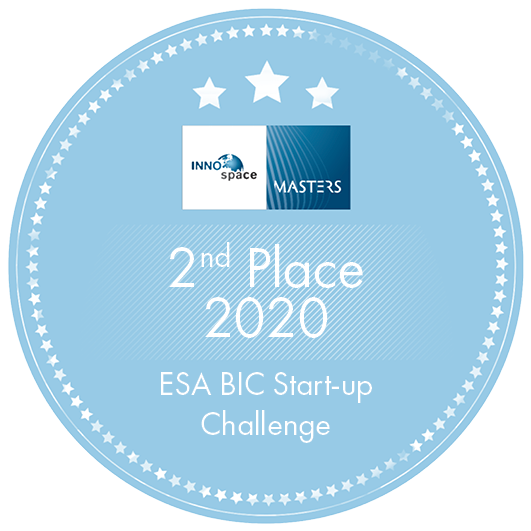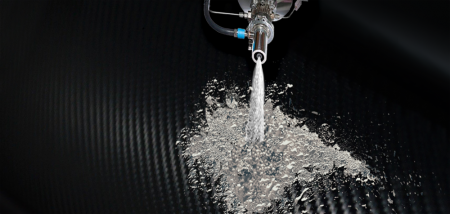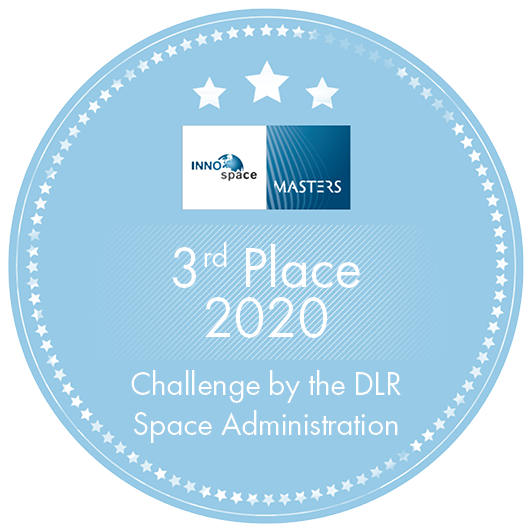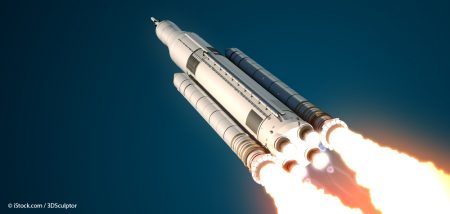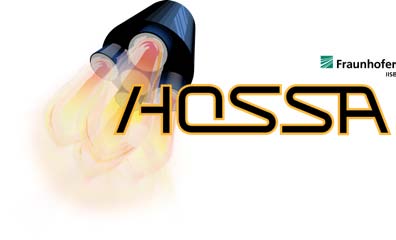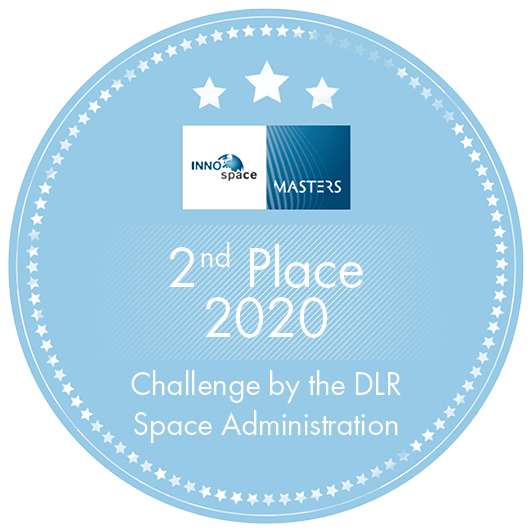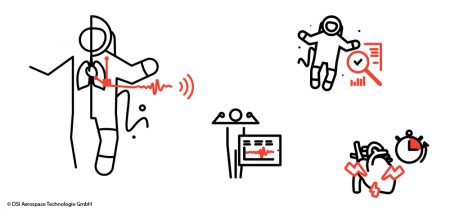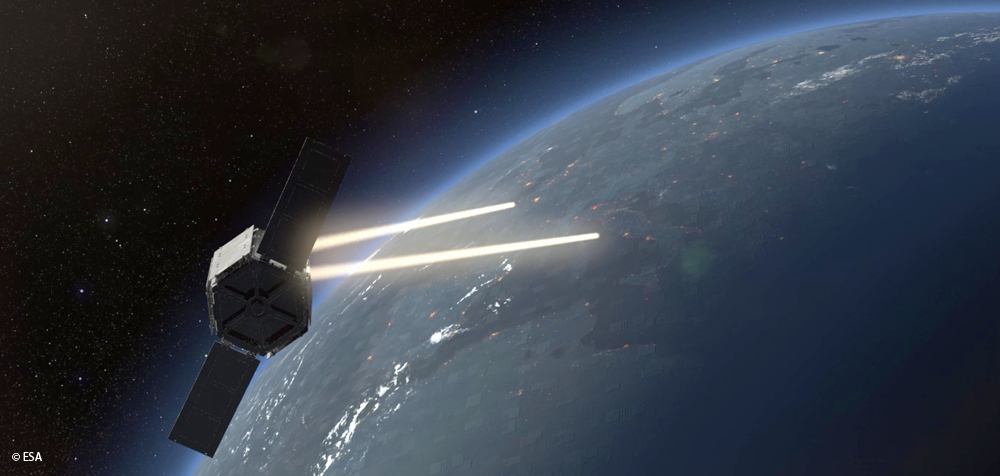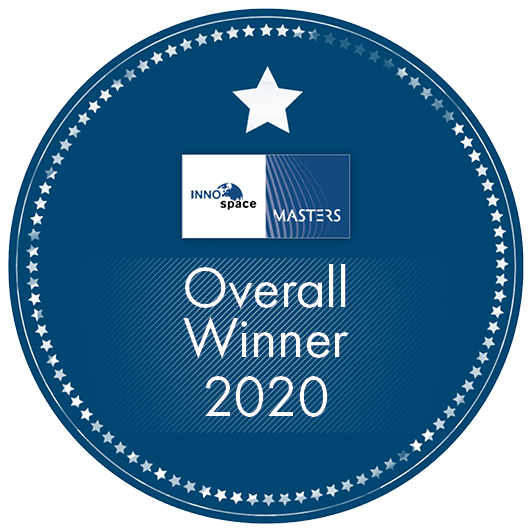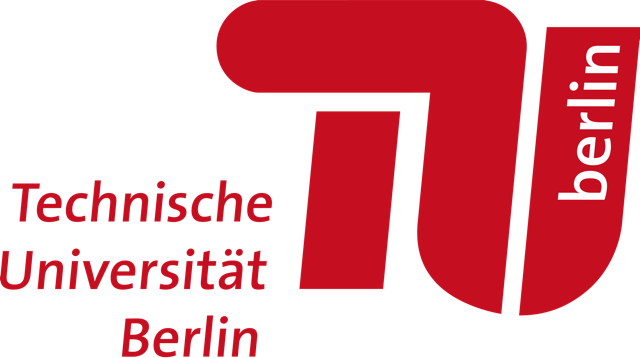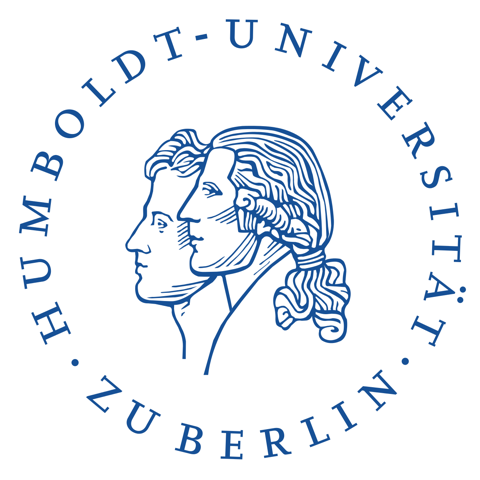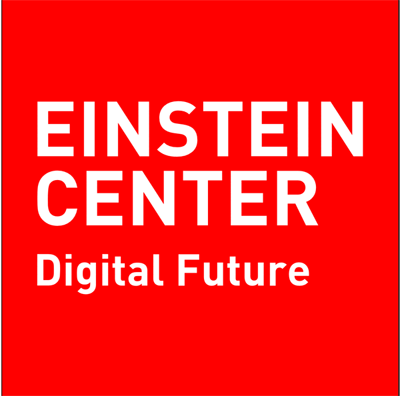RefresherBoxx
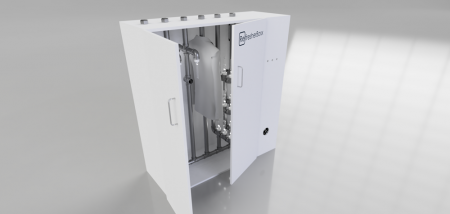
In space, water is a precious commodity. Too precious to wash with it. At the International Space Station ISS, astronauts wear their garments for a prolonged period of time. These are then disposed of after the space mission. Infinity GmbH has developed the RefresherBoxx, which can be used to clean, disinfect and dry all kinds of textiles without the use of water or chemicals. By combining different physical methods (light of different wavelengths, active oxygen, different temperature modes and air pressure differences), bacteria, fungi and viruses are killed and removed. As a result, textiles can be refreshed gently within 30 minutes, valuable resources can be saved and human diseases prevented.
Benefits:
- Disinfection – removes up to 99.99512 % of bacteria, fungi and viruses, preventing odours and infections
- Environmentally friendly and resourcesaving use in space and on Earth
- Suitable for any textile and material
Infinity StartUp GmbH
Aachen, Germany
Sing-Hong Stefan Chang
stefan.chang@refresherboxx.com
refresherboxx.com


